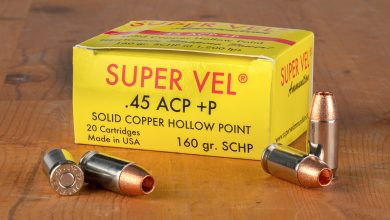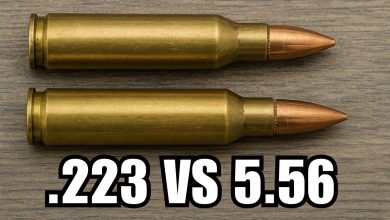What combat units and Little League teams have in common

Somewhere between the dugout and the forward operating base, a truth begins to emerge that no one wants to admit out loud: Little League teams and combat units are basically the same thing.
Not in terms of stakes, of course. One involves life-or-death decisions under fire. The other involves juice boxes, questionable umpiring and a dad named Scott yelling at a teenager in blue. But peel back the layers, and you’ll find more in common than you think — especially when it comes to the parents.
Let’s start with the command structure. Every youth sports team has a “coach,” but we all know who’s really running the show: Kim, the team mom. She’s got a clipboard, a phone tree and a tactical command over snack duty that would impress most battalion S4s. She’s the one coordinating fundraisers, managing uniform crises and giving side-eye to any parent who forgets it’s their turn to bring oranges. She’s not officially in charge, but cross her and you’ll be peeling labels off Capri Suns for weeks.
Then there’s the gear. A freshly issued plate carrier and a brand-new catcher’s mitt have more in common than they should. Both are ill-fitting, smell weird and were handed out by someone who provided no instructions. Ask a new private how to adjust his IOTV, and he’ll stare at it like it’s alien tech. Ask a 9-year-old how to break in a mitt, and you’ll get the same blank look. In both cases, the solution is to beat it against a wall until it sort of works.
Every combat unit has “That One Guy,” the walking safety violation who somehow keeps getting promoted because nobody wants to deal with him. In Little League, that’s Tyler’s dad. He shows up late, complains about the batting order and insists his kid would be better “if the coaches just let him play shortstop like God intended.” You can’t fire him because he brings the pop-up tent, and no one else knows how to fold it.
And let’s not forget the pep talks. In the military, you get those five-minute speeches from your squad leader before stepping off on patrol. They’re usually a mix of motivation, vague threats and bad metaphors.
“Let’s keep our heads on swivels out there. Don’t be that guy. You know the guy.”
On the Little League field, it’s the same speech but with more mentions of hustle and less profanity.
“Let’s stay focused, boys. Heads in the game. And for the love of God, stop picking dandelions in left field.”
Parents hovering behind the dugout are essentially the Family Readiness Group, but with less organization and a lot more passive aggression. They form factions. They whisper about playing time. They launch covert psychological operations involving group texts and emoji reactions. Some even bring folding chairs with built-in cup holders, establishing forward operating positions around the diamond. You know who’s been there the longest by the size of their umbrella.
Then there’s the deployment vibe. Every away game more than 20 minutes from home becomes a logistical operation that rivals D-Day. The convoy leaves from the local high school parking lot. Someone forgot the snacks. Someone else brought the wrong child. Tensions flare. Gas station stops are rationed. By the time they arrive, half the parents are ready to defect to the opposing team if it means getting home before dinner.
Meanwhile, the players? They’re just trying to survive. Whether it’s a hot day at Fort Nowhere or the third inning in a 12-run game, they’re out there giving it their all while adults make things worse. The only difference is that in one scenario, they have an M4. In the other, they have sunflower seeds and a glove that’s still too stiff to catch anything smaller than a beach ball.
And don’t underestimate the role of morale. In both worlds, morale is fragile, entirely dependent on snacks, and easily destroyed by poor leadership. A forgotten post-game pizza party can cause more lasting resentment than a missed promotion. A canceled tournament due to weather will lead to parental mutiny. And if the team doesn’t win, just know that “it builds character” is Little League’s version of “embrace the suck.”
Ultimately, both combat units and Little League teams are bound by this: a group of people forced together by circumstance, held together by ritual, fueled by questionable decisions and constantly evaluated by people who think they could do it better. One wears cleats, the other combat boots. Both have to deal with someone’s dad trying to give unsolicited tactical advice.
So next time you’re at a game, watching a bunch of kids chase a grounder while their parents wage a silent war in the bleachers, just remember: It’s not that different from the motor pool. The only real distinction is that in youth sports, the war stories come with orange slices and Capri Suns.
And honestly? That might be the better deal.
Observation Post is the Military Times one-stop shop for all things off-duty. Stories may reflect author observations.
Read the full article here









